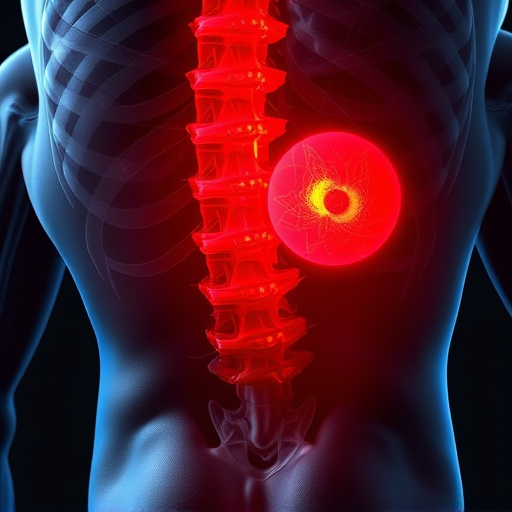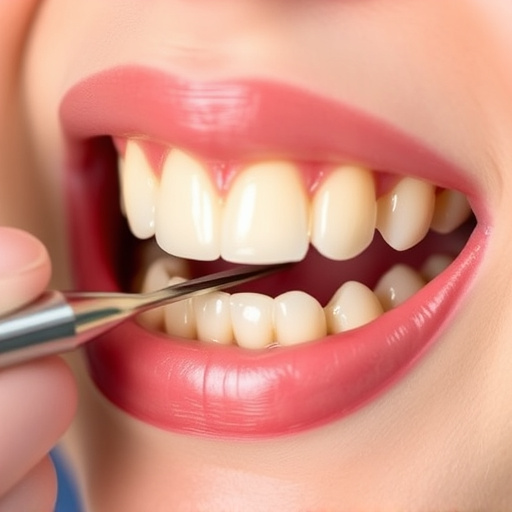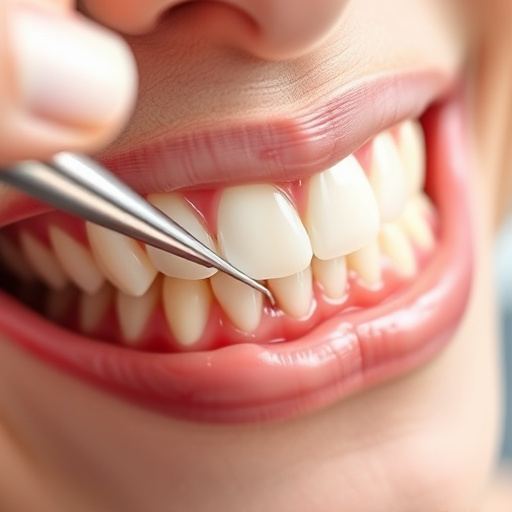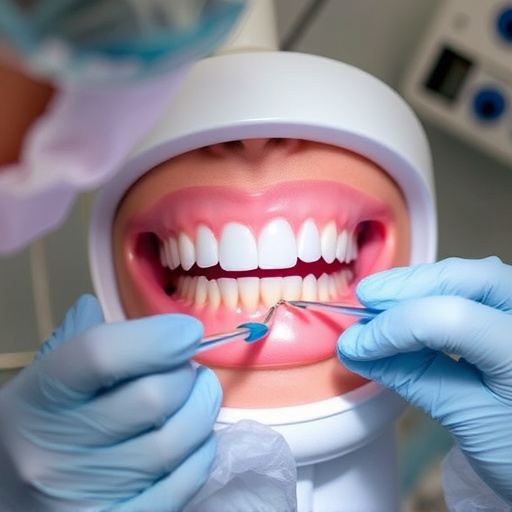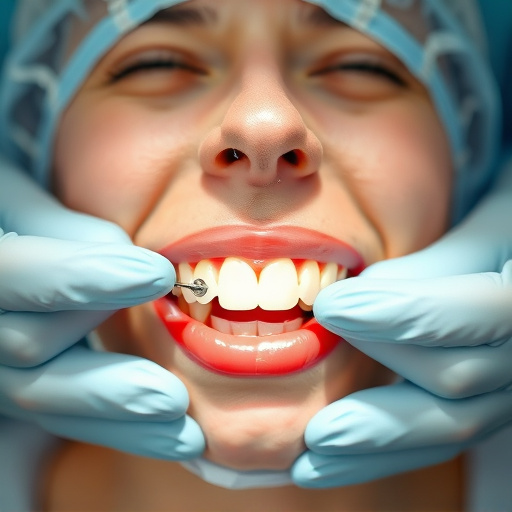Minimally invasive dentistry (MID) uses advanced technology like digital imaging and lasers to preserve natural tooth structure, offering precise, gentle procedures with less discomfort and faster recovery times. This approach benefits general and children's dentistry, improving success rates in treatments like dental implants and enhancing efficiency from fillings to complex restorative work. MID prioritizes patient comfort and reduces recovery times, making dental care more accessible for anxious patients.
In today’s dental landscape, minimally invasive dentistry (MID) is revolutionizing patient care. This approach combines cutting-edge technology with gentle techniques to preserve tooth structure and reduce discomfort. By understanding MID procedures, exploring technology’s role in minimizing invasiveness, and recognizing the benefits of soft dental techniques, patients can experience treatments that are more comfortable and efficient. Embrace the future of dentistry with these insights into how MID is transforming oral health care.
- Understanding Minimally Invasive Dental Procedures
- Technology's Role in Reducing Dental Invasiveness
- The Benefits of Gentle Dental Techniques for Patients
Understanding Minimally Invasive Dental Procedures
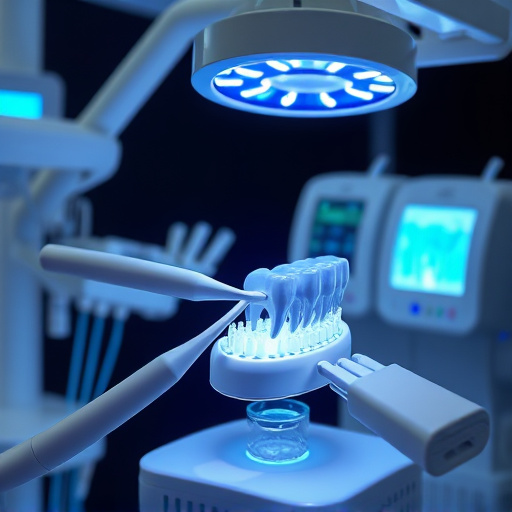
Minimally invasive dentistry is a modern approach that prioritises preserving as much natural tooth structure as possible while still effectively treating dental issues. This method combines advanced technology with gentle, precise techniques to achieve optimal results with minimal discomfort and recovery time. As opposed to traditional dentistry which often involves extensive drilling and cutting, minimally invasive procedures aim to avoid these destructive methods by using innovative tools and strategies.
For both general dentistry and children’s dentistry applications, this approach can be particularly beneficial. In the case of dental implants, for instance, minimally invasive techniques enable dentists to place implants with greater precision, enhancing long-term success rates. By embracing technology like digital imaging, 3D printing, and laser dentistry, practitioners are better equipped to customise treatments to each patient’s unique needs, ensuring both efficiency and effectiveness in procedures ranging from fillings to complex restorative work.
Technology's Role in Reducing Dental Invasiveness
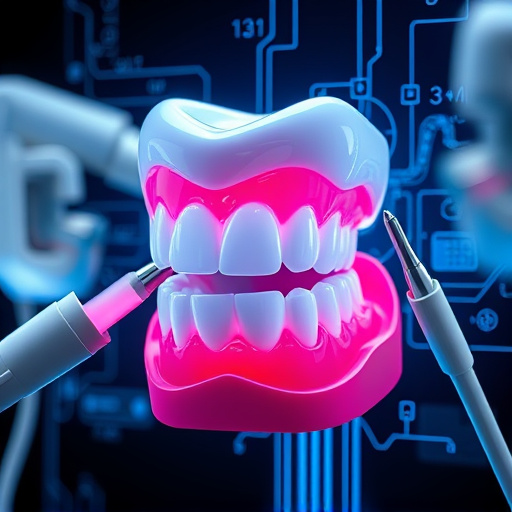
The advent of advanced technology has significantly revolutionized the field of dentistry, paving the way for what is now known as minimally invasive dentistry. Modern tools and equipment enable dentists to perform procedures with enhanced precision and reduced impact on the patient’s oral health. For instance, digital imaging technologies like 3D X-rays offer a detailed view of dental structures, allowing for more accurate diagnoses and treatment planning. This level of precision ensures that only the necessary areas are treated, minimizing damage to healthy teeth and tissues.
Moreover, innovative techniques such as laser dentistry and clear aligners have further contributed to the gentle approach in general dentistry. Lasers can be utilized for precise tissue removal, reducing the need for drills or other invasive instruments. Clear aligners, on the other hand, offer a virtually invisible way to straighten teeth without metal braces, making them popular choices for those seeking subtle yet effective solutions during routine oral exams.
The Benefits of Gentle Dental Techniques for Patients
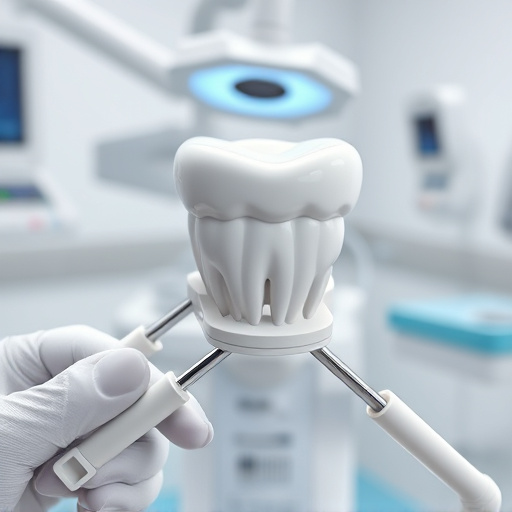
For many patients, the idea of a dental visit evokes feelings of anxiety and discomfort due to past experiences or simply a fear of pain. Traditional restorative dentistry often involves invasive procedures that can be unpleasant and time-consuming. However, with the advent of minimally invasive dentistry, patients now have gentler alternatives. This modern approach prioritizes patient comfort and focuses on preserving as much natural tooth structure as possible.
Gentle dental techniques offer numerous benefits, including reduced recovery times, less discomfort, and an overall more pleasant experience for the patient. For example, instead of removing healthy tooth material to fit dental crowns, minimally invasive methods like dental bonding or clear aligners can correct issues with a fraction of the invasiveness. This not only preserves the smile’s natural beauty but also makes treatment more accessible and less intimidating for those who avoid dental care due to anxiety.
Minimally invasive dentistry is transforming the dental care landscape, offering a more comfortable and efficient approach. By leveraging advanced technology and gentle techniques, dentists can provide effective treatments with reduced patient discomfort and less tissue trauma. This innovative field promises improved patient experiences while achieving optimal oral health outcomes, making it a significant advancement in modern dentistry.







